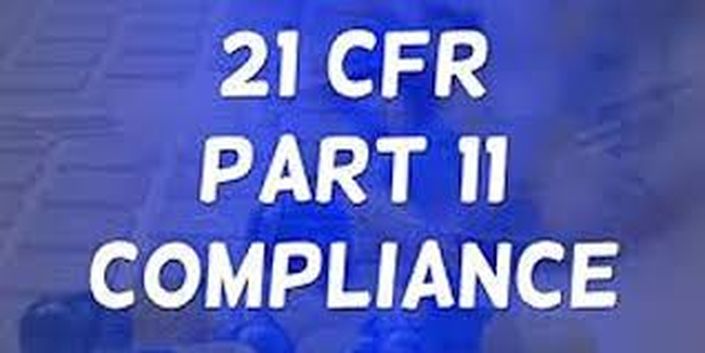Description
This webinar will provide valuable guidance to regulated companies in development and implementation of Design Control Planning and Techniques for new product development under 21 CFR 820.30, "Design Control", the change to the QMSR, and ISO 13485 7.3. Also regulatory compliance proof of "progress against plan", and other activities requiring a planned documented rationale. It should be an important part of a company's IP (Intellectual Property).
Follow the 10 required steps (both US FDA and EU MDR) to design control compliance in R&D. Regular use of a few simple but powerful tools will virtually eliminate "fire fighting" in a new project. Regular use can contribute greatly to reduction of scheduling uncertainty, incomplete projects when time is running out, increased product liability, assist in company-wide cost reduction efforts, with less chance of recalls, and an improved bottom line.
Why Should You Attend
The FDA expects companies to manage the regulatory requirements of design and/or change control, with consideration of all applicable standards. How can the FDA's Design Control requirements, 21 CFR 820.30, actually facilitate this? The new EU MDR and their notified bodies are no different. How can this be done from a project's inception? How can a Project Leader ensure critical elements are not omitted until late in the project when disaster looms? Growing high-profile field problems indicate that much design control is perfunctory, poor or non-existent.
Buy up-front time for proper project planning. Simple tools provide powerful compliance. These techniques are not rocket-science, but require the implementation of formal methods with documented, and defensible rationale. Use these tools to bring predictability to your company's product development process. Use them to defend your remediation efforts with the FDA. Use them to prove "progress against plan".
Webinar Takeaway
- Meet key design control requirements of the CGMPs/ISO
- The 10 Key Elements of Design Control/Design and Development
- EU MDR, The QMSR, and ISO 13485 7.3/21 CFR 820
- Risk Management (ISO 14971)
- Use Engineering (IEC 62366-1 +)
- Suggested SOP Format
- A Suggested Design Control Project Management Template
- Documentation requirements.
Who Will Benefit
This webinar will provide valuable assistance to all regulated companies to ensure compliance to the design control requirements of 21 CFR 820.30 and ISO 13485 7.3 - under cGMP and EU MDR/CE-marking compliance. It will discuss and provide examples of the 10 key design control milestones and associated tasks and provide a major example for immediate use. This applies to companies in the Medical Device, and combination products fields. The employees who will benefit include
- Senior management
- Regulatory Affairs
- Quality Assurance / QAE
- Production
- R&D and Engineering
- All personnel tasked with any new or changed device development responsibilities, and those who soon hope to be

Faculty John E Lincoln
Principal, J E Lincoln and Associates
John E. Lincoln, is Principal of J. E. Lincoln and Associates LLC, a consulting company with over 41 years experience in U.S. FDA-regulated industries, 27 years as head of his own consulting company. John has worked with companies from start-up to Fortune 100, in the U.S., Mexico, Canada, France, Germany, Sweden, China and Taiwan. He specializes in quality assurance, regulatory affairs, QMS problem remediation and FDA responses, new / changed product 510(k)s, process / product / equipment including QMS and software validations, ISO 14971 product risk management files / reports, Design Control / Design History Files, Technical Files. He's held positions in Manufacturing Engineering, QA, QAE, Regulatory Affairs, to the level of Director and VP (R&D). In addition, John has prior experience in military, government, electronics, and aerospace. He has published numerous articles in peer reviewed journals, 5 chapters in the RAPS textbook on validation, conducted workshops and webinars worldwide on CGMP subjects. John is a graduate of UCLA.




